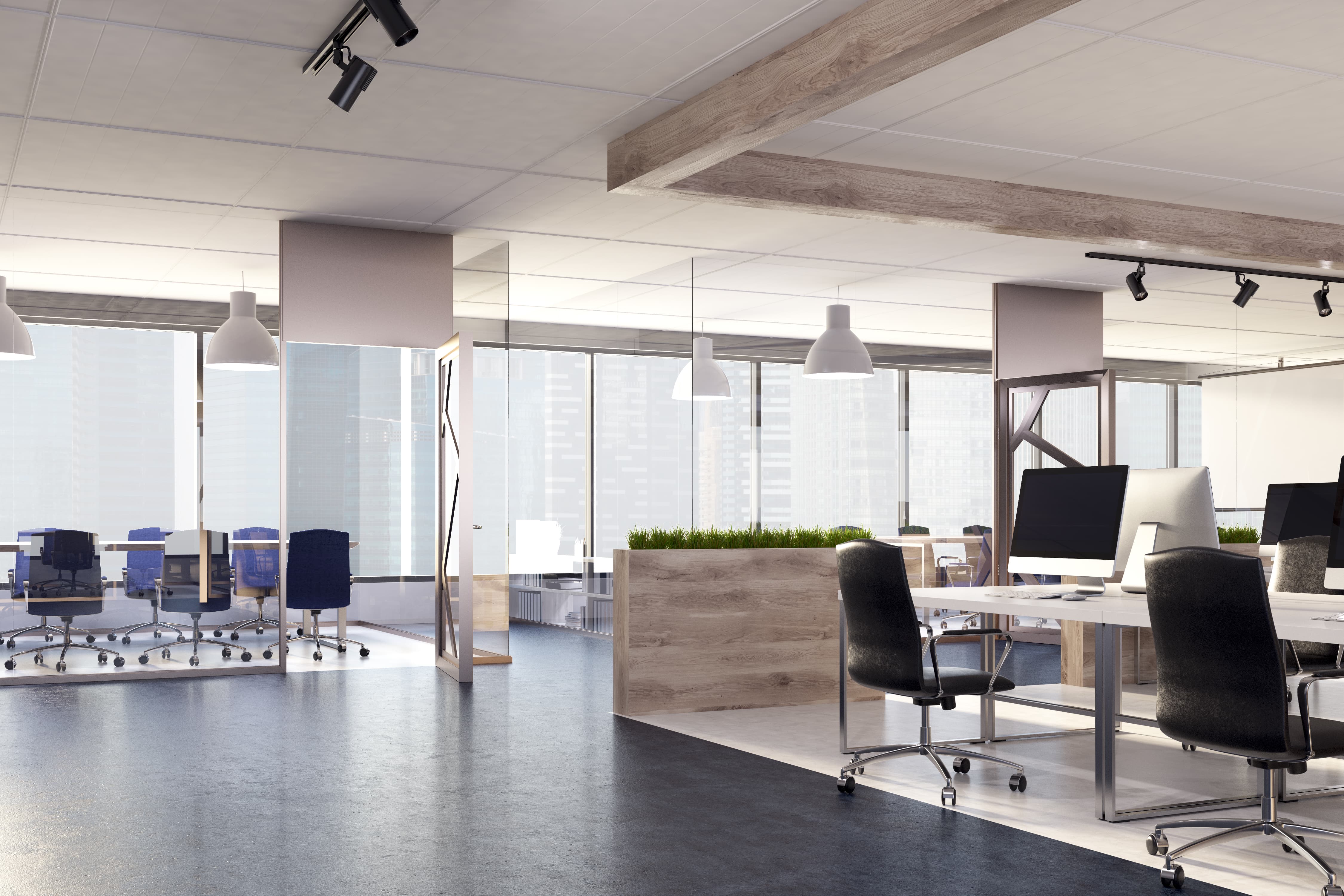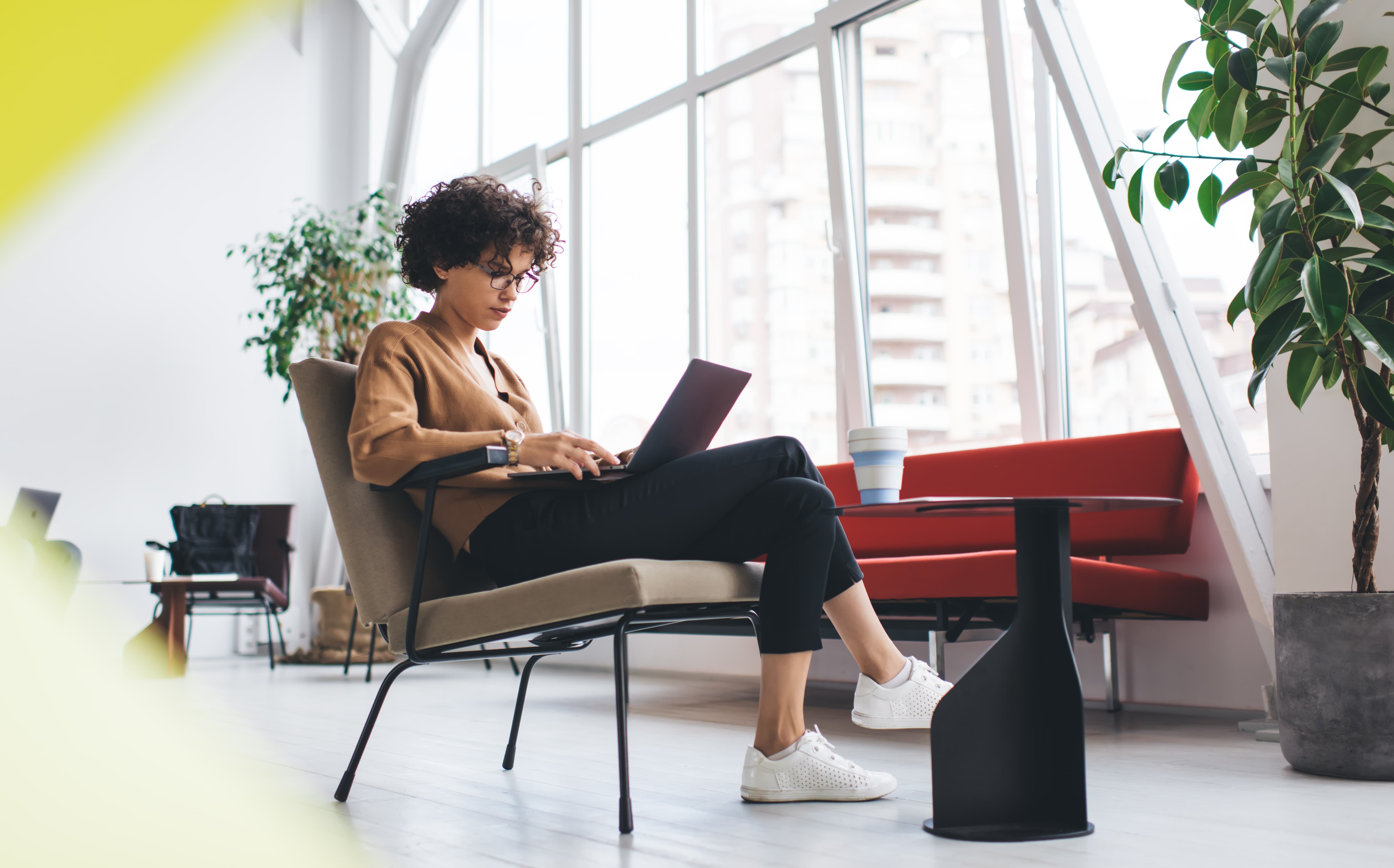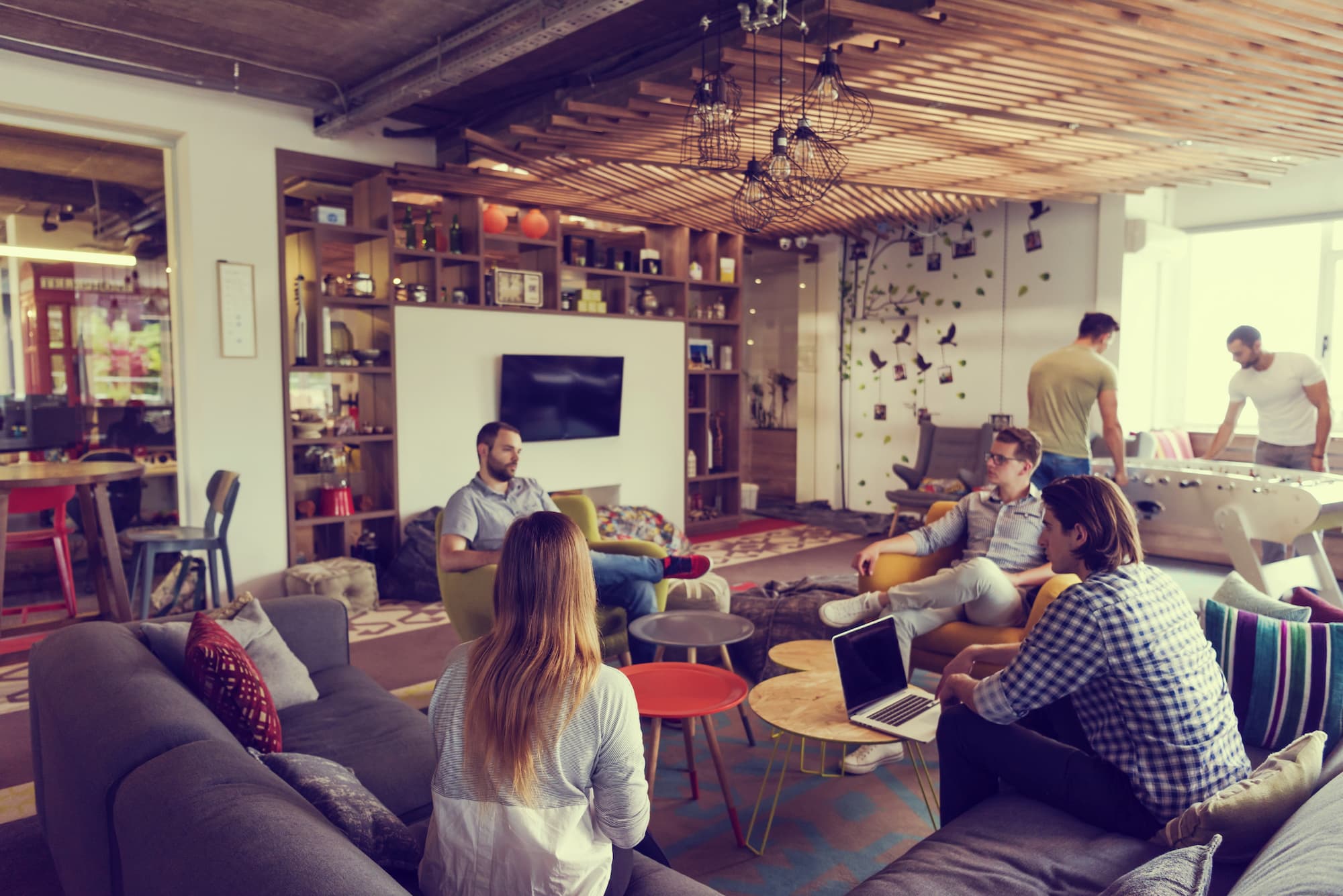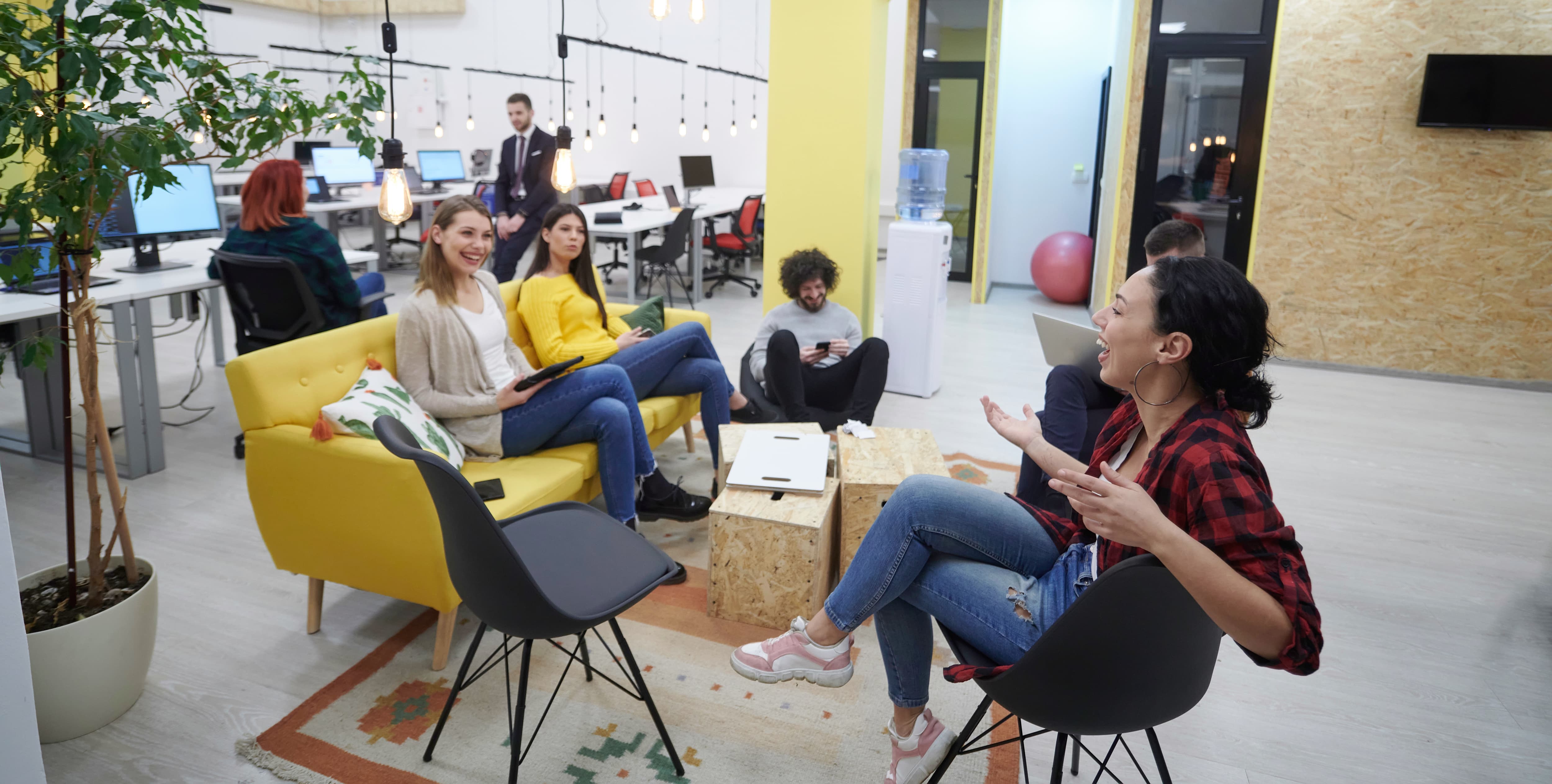The times they are a changin’ – and unsurprisingly, most of these changes are being driven by technology.
Over the past couple of decades, office designers have witnessed a resistance to the evolving work environment. Trading heard-earned, private offices for a seat at a group table; choosing email or text messages over a phone call; attending a meeting via Skype rather than in person – these unconventional methods of operating don’t sit well with some.
Why It’s Crucial to Keep Up With the Times
Advancing technology is the driving force behind many of the societal changes taking place. The Emerging Future (TEF), a technology consulting firm, suggests that “every 12-18 months, computers double their capabilities, and so do the information technologies that use them.” They go on to explain that within the next 18-20 years, “technological advancements will be hundreds of thousands to a million times more advanced” than what they are now.
These numbers are so enormous it’s difficult (if not impossible) for us to even imagine what the future of business will look like – giving organizations all the more reason to stay on top of cultural shifts as they occur.
Due in large part to the development of technology, people in the modern workforce are different than those of previous generations. Factors that didn’t matter much in the past are now top priorities for employees. To compete for the most skilled workers, organizations must familiarize themselves with what’s important – and then adapt.
And this is where office design enters the equation.
Office design – and not just the superficial elements of design – is what enables an organization to function optimally. So, with this in mind, it makes sense to develop an office space that accommodates the present situation while proactively preparing for the future.
Furthermore, from a financial standpoint, many of the changes taking place are saving companies money. Sharing workspaces, allowing employees to work from home, and improving sustainable business practices, for example, all help the bottom line.
New Methods and Spaces Designed to Increase Work Effectiveness
Thanks to technology, people can work anywhere – and that’s exactly what the modern worker wants. Not just the opportunity to work from home (or a favorite café), but also the ability to be mobile within the office.
It’s becoming increasingly more common for employees to move around between workstations throughout the day.
Since many workers use a laptop, the office is their oyster, so to speak. Employers can facilitate this flexibility by making a variety of shared workspaces available, ranging from individual desks to stand up stations to community tables to comfy sofas.
Designating a space for creativity and brainstorming is another effective way an organization can appeal to the modern worker. Create a communal space where people can go to stimulate creative thought and encourage collaboration. Displaying one person’s brainstorming session may trigger new ideas in another.
Over 80 percent of white-collar workers in one study indicated that working with others is necessary to complete their job – showing us how important collaboration is in the workplace. Layout and furniture need to help people work together seamlessly.
No longer a nice-to-have, furniture with integrated technology is now a critical component of effective office designs.
Bring Your Office Up to Date With TruSpace
What was once conventional is now outdated and ineffective – contributing to a decline in productivity for those who don’t keep up. If your organization needs help revising its space to make way for growth, get in contact with a TruSpace consultant today. Our experts will learn about your business and come up with a design solution to propel it forward.




